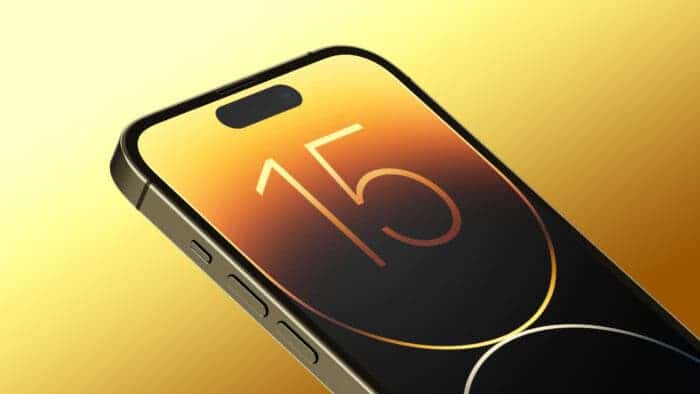For the A17 chips in the iPhone 15, Apple will convert to a 3 nm production process, which is far more energy efficient and should enable mobile devices to have greater autonomy.
According to Bloomberg, the next generation of Apple A17 processors will be produced in 3 nm using an engraving method developed by the company’s creator, TSMC. Naturally, the SoC will perform better than its forerunners, but the switch to 3 nm should primarily result in considerable gains in energy efficiency. And so the Apple A17 will be able to deliver the same amount of power as the A16. While using significantly less energy, or more power for a significantly lower energy demand.
Mark Liu, the CEO of TSMC, claims that 3 nm engraving is around 35% more energy-efficient. The iPhone already has very good performance, so it’s likely that Apple will use this to give its devices more autonomy, which would be a much stronger selling point than gaining a few percentage points or points on benchmarks.
iPhone 15 and Mac M2 Pro chips will use a 3nm production process

Anyway, the A16 and A17 are expected to differ more from one another than the A15 and A16 did. Apple claims that its A16 has a 4 nm engraving. However TSMC thinks it actually has an enhanced 5 nm technology rather than the real 4 nm. On the other hand, the Apple A17 will be based on actual 3 nm.
But it’s yet unclear whether this new generation technology will be available for the entire iPhone 15 series. The rumors predicts that this won’t be the case despite the fact that we have no knowledge of the matter. The iPhone 14 and 14 Plus remained at the A15 SoC. While only the iPhone 14 Pro and Pro Max were eligible for the A16 SoC.
According to speculations, Apple may also reduce the price of the iPhone 15 and 15 Plus to make them more appealing in order to emphasize the distinctions between the regular and Pro models. If so, the 15 Pro and Pro Max should be the only models to use the Apple A17.
Since Macs with M2 Pro chips should also use this process in 2023. Apple won’t reserve 3 nm chips for its iPhones. The M3 chip generation will also use 3 nm tech.





